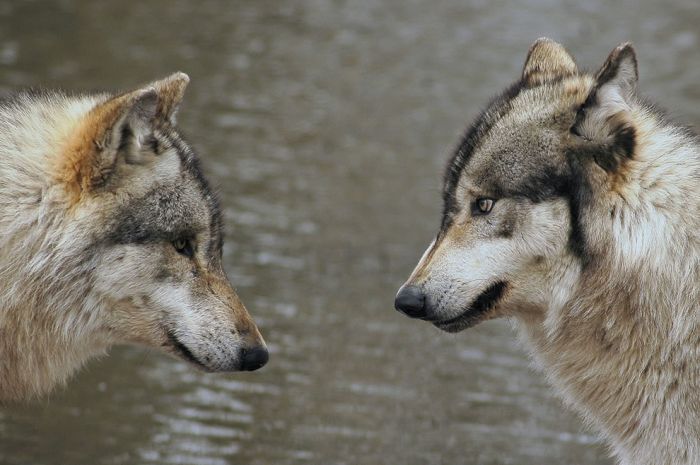|
|
Gray Wolf
|
Despite not being at risk for extinction, local populations of wolves are still threatened. One such threat is genetic bottlenecking caused by population fragmentation. Human populations have isolated small pockets of animals, which then suffer the effects of inbreeding. Studies have shown that the reproduction rate in wolves is strongly related to genetic diversity. Isolated wolf populations are greatly affected by the introduction of the alleles of even a single additional wolf.
With the exception of the Great Britain and Ireland, wolves were widespread in Europe during the 18th century. Wolves were exterminated from all central and northern European countries during the 19th century and the post World War II period. Remnant populations remain in Portugal, Spain, Italy, Greece and Finland, though Eurasian wolves have been recovering naturally in several parts of Europe; recolonising France, Germany, Sweden and Norway. The largest populations now occur in eastern Europe, primarily in Romania, the Balkans and Poland.
Wolf populations generally seem to be stable or increasing in most, but not all, Bern Convention nations. Limiting factors in member nations include a lack of acceptance of wolves (particularly in areas where they have made a comeback) due to concerns on livestock and dog predation and competition with hunters. Although properly regulated wolf harvests and control have been largely accepted as compatible with maintaining wolf numbers to economically acceptable levels, overhunting and poaching are recognised as the main limiting factor in European wolf populations.
With the exception of Israel and Saudi Arabia, there is little information available on wolves in the Middle East. The Arabian Peninsula is home to an estimated 300–600 wolves which, though hunted year round in all Middle Eastern countries except Israel, are relatively stable and protected by the inaccessibility of the northern mountains and central and northern deserts. In India, wolves are classed as endangered, and number an estimated 800-3,000 individuals scattered among several remnant populations. In China and Mongolia, wolves are not protected except in reserves.
|
|









